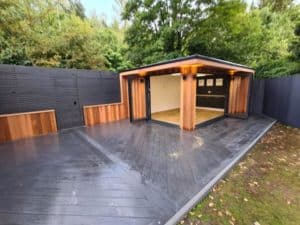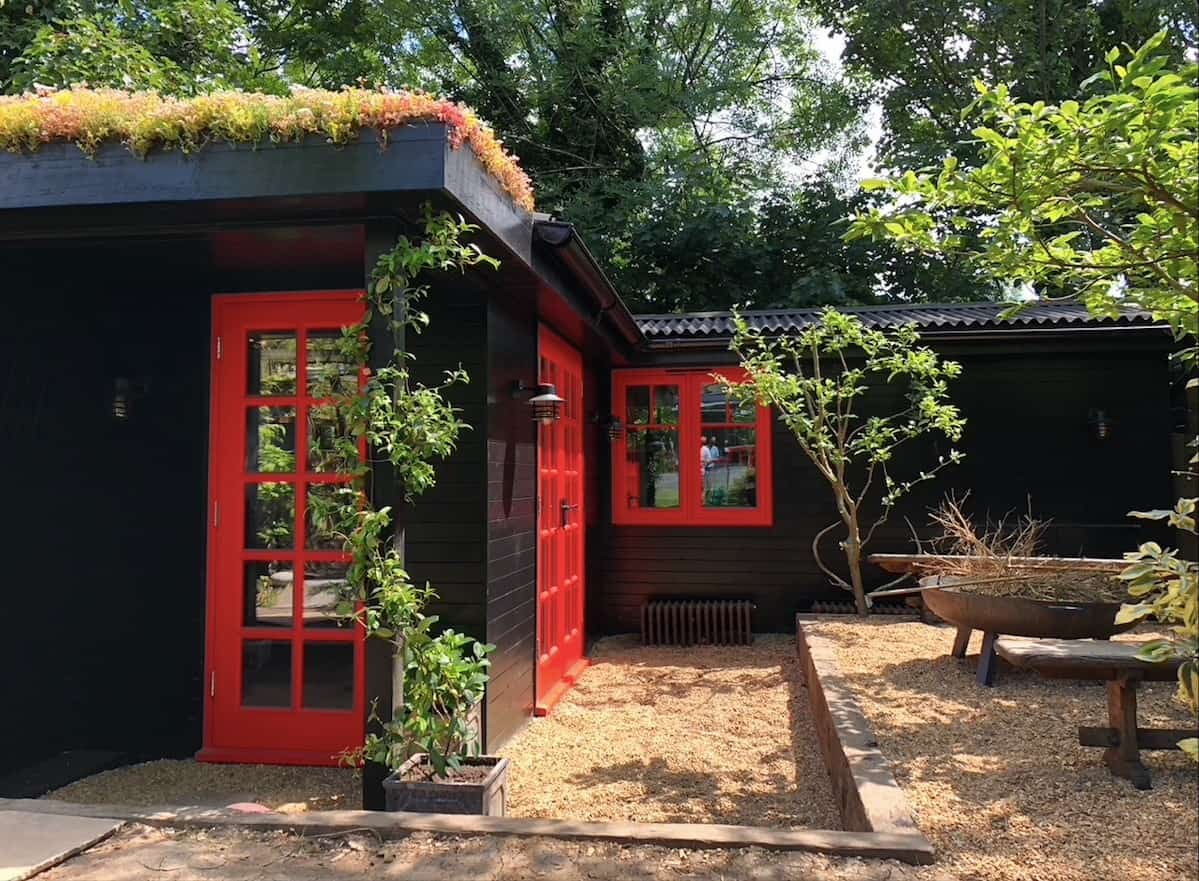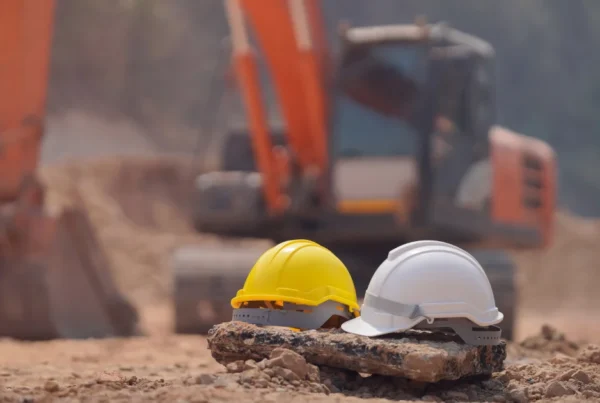Garden rooms have become more and more popular as we have gotten used to spending much more time at home, and even working from home, over the last year. Often it’s more difficult to create more space or rooms in a house or apartment than it is to utilise the outdoor space you have. With so many options and looks for your garden room, you can create anything, from a beautiful office to a gym or a playroom for the kids. Sounds like a great idea, but how do you go about getting the right foundation for your room?
For your garden room to last as long as possible, and be a stable environment to spend time in, you need to have a strong base. But what are the pros and cons of the different choices? Let’s look at the positives and negatives for three options, concrete, patio and ground screws.
Concrete base
Concrete is a traditional foundation that has been used for a long time by builders when constructing foundations. Before the concrete is applied, the area is excavated and a timber frame is built to act as a container for the concrete when it is poured. Once it has set, which can take around a week depending on the size of the area, the frame is removed.
Pros
- Most tradesmen will have the skill to create this base and so it will be easy to find a qualified tradesman to do the work.
- It is a very durable material. Concrete isn’t really going anywhere and if it is managed in the right way when wet it can give a clean finish.
Cons
- It is labour-intensive as it takes a lot of manpower to move materials and prepare the ground. The site will have to be excavated and the ground moved elsewhere which can be messy.
- It uses a lot of materials and so is not very cost-effective. Added to this is the equipment required to excavate the ground and move it around.
- It takes lots of time to set. It can take up to a week or two depending on the size of the area and the weather.
- Not very environmentally friendly as concrete is the source of around 8% of the world’s C02 emissions.
- The base has to be bigger than the structure which is not great when you have limited space. It can result in having a smaller structure placed on top than you would have wanted.
Patio
This base works best for small and medium-sized buildings. A patio slab base is created in the same way as you would with a paved area without a structure on top. The only difference is that you need to pack sand between the slabs so you can have a stable base.
Pros
- It is easy to build once you have the measurements of the base you need.
- It is relatively cheap to source materials and slabs in different sizes.
- It can be extended easily if you want to build a bigger structure on the same site.
Cons
- This method takes time. Laying all of the individual slabs can be time-intensive especially if you have a tricky area and size to cover.
- Similar to concrete, laying a patio requires excavation of the ground to create a flat environment to place the slabs.
- It is difficult to move if you want to take your structure with you to another location.
Ground screws
Ground screws are helical screws that are screwed into the ground and the structure is placed on top. They can be used on a variety of ground types and are also great for both smaller and larger projects.
Pros
- The process is much less disruptive than any of the other foundations, as no excavation is required.
- It is time-saving. In less than half a day the screws can be installed, and then a structure can be immediately put on top.
- It is more environmentally friendly as it emits 50% less C02 than a concrete foundation.
- Great for small areas and tricky ground as the screws can be installed at different heights and lengths and on hard or soft ground.
- They can be recycled and reused. When you want to move and take your small structure with you the ground screws can come too and are guaranteed for 25 years.
Cons
- You need trained installers to fit the screws in place.
Below are some images of our garden rooms built on Stop Digging ground screws, for more inspiration check here


Conclusion
While concrete and paving slabs have been used for centuries as base foundations, it’s ground screws that are outperforming the more traditional methods. It is kinder to the environment, your wallet and is much less disruptive to your life. If you would like more information on how ground screws could work for your project contact us at: SALES@STOPDIGGING.CO.UK or 020 3970 3979





